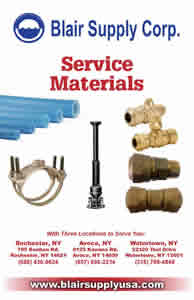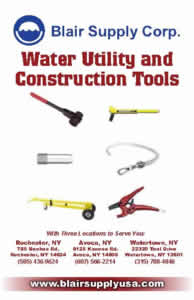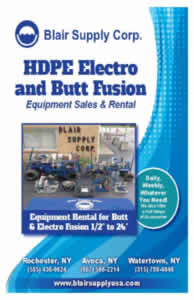Blog
Fire Hydrants Demistyfied: Grading & Color Coding
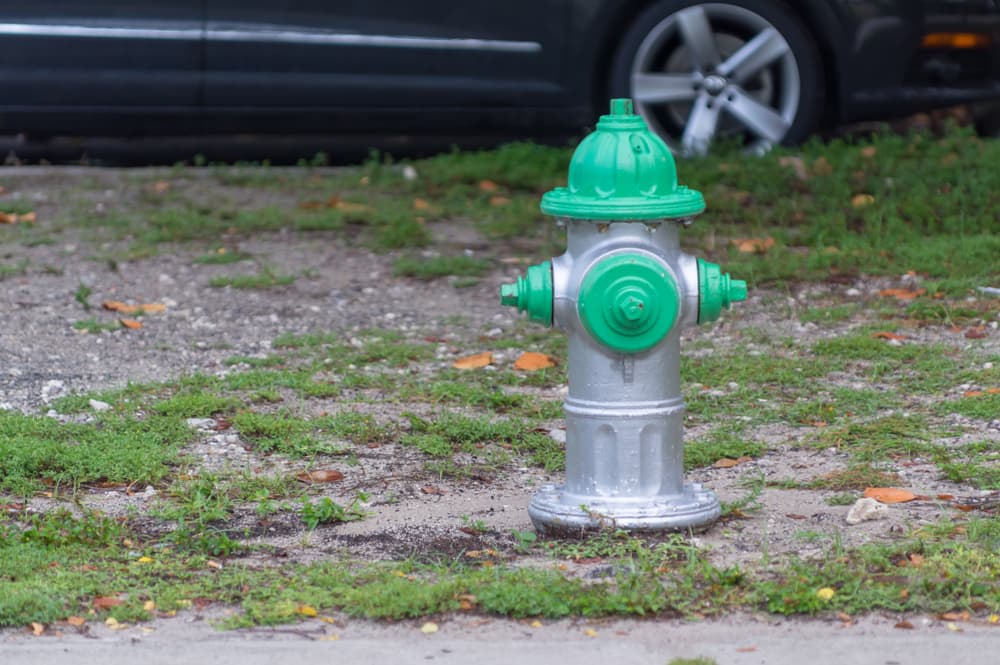
If you’ve ever paid attention to the fire hydrants in your neighborhood, town, or city, you may have noticed that some are differently colored than others. Contrary to popular belief, this design choice is not coincidental or adopted to enhance the aesthetic appeal of firefighting implements (although it certainly does so, which is a great bonus).
In fact, different coloring serves a very specific purpose: to help first responders (and relevant authorities) determine the output power of a fire hydrant at a mere glance. This piece of information can be critical to firefighting efforts, which is why most municipalities encourage contractors to go for color-coded options when searching for hydrants for sale or to perform color-coding post-installment.
But, what do all these different colors mean? That’s what we’re here to find out, so let’s dive in!
How are fire hydrants rated?
Fire hydrants earn their ratings based on two factors: flow rate and pressure. Both parameters are important to know for effective fire suppression, so let’s break them down.
Flow Rate
- Flow rate is the volume of water a fire hydrant can output over a given time period and is typically measured in gallons per minute (GPM).
In simpler terms, the higher the flow rate, the more water available to extinguish the fire.
This parameter is critical because it allows firefighting personnel to tailor their strategies for maximum efficiency and effectiveness.
Determining the flow rate is done using a Flow Test which involves opening the fire hydrant, allowing the water to flow freely, and measuring the amount of water discharged over a set period of time.
Water Pressure
- Water pressure is the force exerted by the water as it passes through the hydrant and is measured in pounds per square inch (PSI).
Adequate pressure not only ensures that the water can travel through the hose(s) but, also, dictates how far the stream can reach, both in terms of distance and height. There are also three types of pressure, all of which are checked during the Flow Test:
- Static pressure: Tested when the hydrant is closed and used to indicate the potential pressure available in the system;
- Residual pressure: Tested with the hydrant open and indicates how consistently the system maintains the pressure;
- Pitot pressure: Measured at the outlet(s) with the hydrant on, helps determine the actual flow rate and efficiency of the hydrant.
Are fire hydrants color coded?
Most municipalities in the US color code their hydrants for the reasons mentioned above. The National Fire Protection Association (NFPA) recommends a standardized color scheme for bonnets and nozzle caps to indicate different flow rates, as well as hydrant bodies to indicate to whom the hydrant belongs to, as follows:
Belonging:
| Body Color | Supply system |
| Chrome Yellow
Chrome Silver White Lime Yellow |
Municipal |
| Red | Private |
| Violet
Light Purple |
Non-pottable |
Flow Rate:
| Bonnet & Nozzle Color | Flow Rate (GPM) | Hydrant Class |
| Blue | 1,500+ | AA (Excellent Flow) |
| Green | 1,000 – 1,499 | A (Adequate for residential areas) |
| Orange | 500 – 999 | B (Marginally adequate) |
| Red | Below 500 | C (Inadequate) |
What is a super fire hydrant?
Also known as a “high-flow” or “high-capacity” fire hydrant, a super fire hydrant refers to a unit that can:
- Output a significantly higher amount of water, often exceeding 1,500 GPM.
- Maintain a much higher pressure, significantly exceeding the standard 50 – 80 PSI.
These fire hydrants are typically installed in high-risk areas, such as densely populated urban sectors or industrial zones, giving firefighters the most powerful tool to suppress and extinguish fires.
 Where can I find high-end hydrants for sale near me?
Where can I find high-end hydrants for sale near me?
At Blair Supply Corp. you can find different types of fire hydrants, fit for your specific type of project. We partner with the leading manufacturers in the US, renowned for their product quality, longevity, and reliability.
Connect with us today and let our expertise of 60+ years facilitate the success of your project!

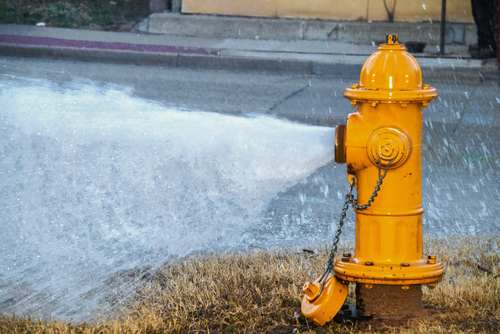
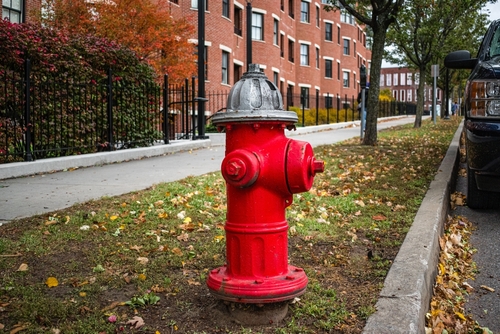 Where can I find high-end
Where can I find high-end 